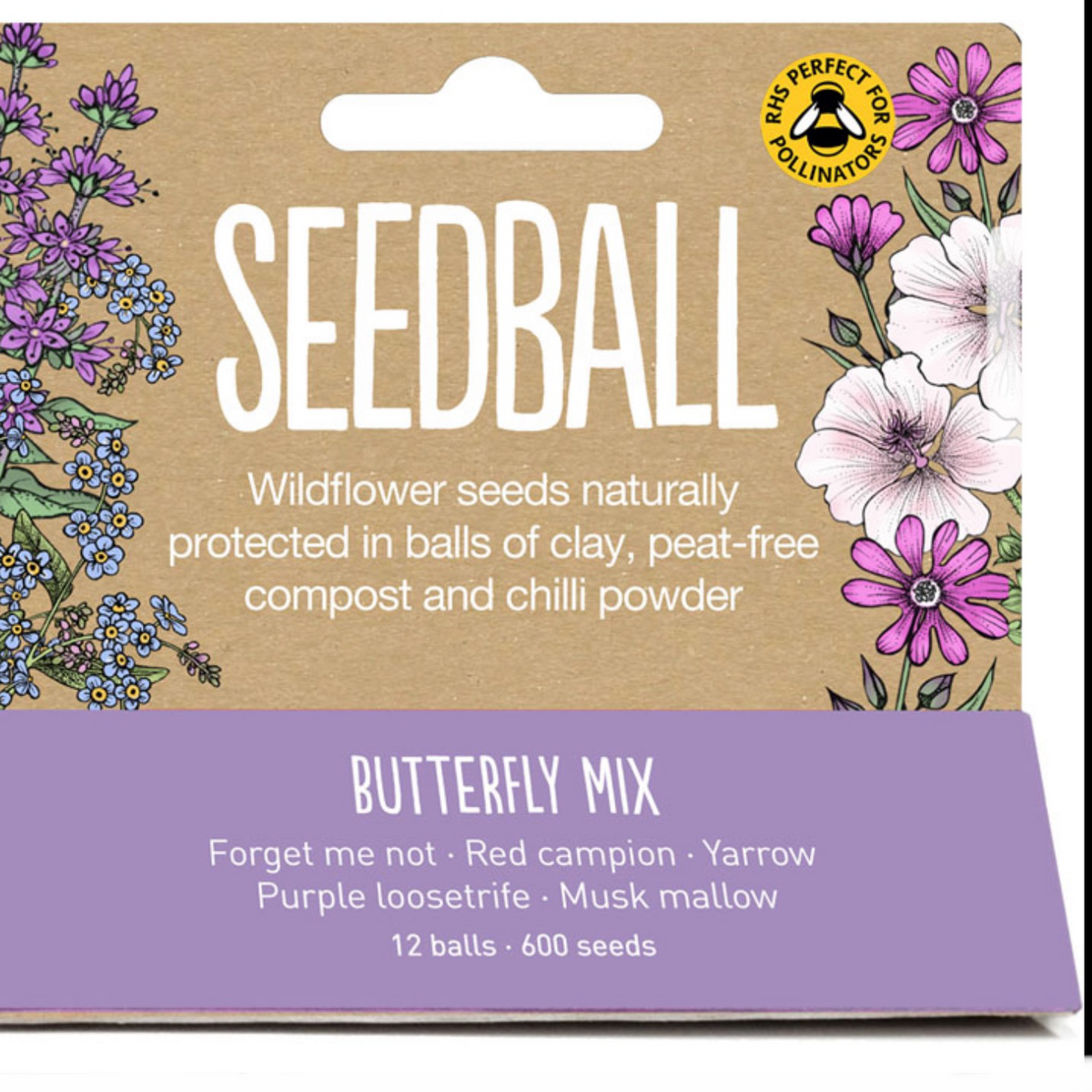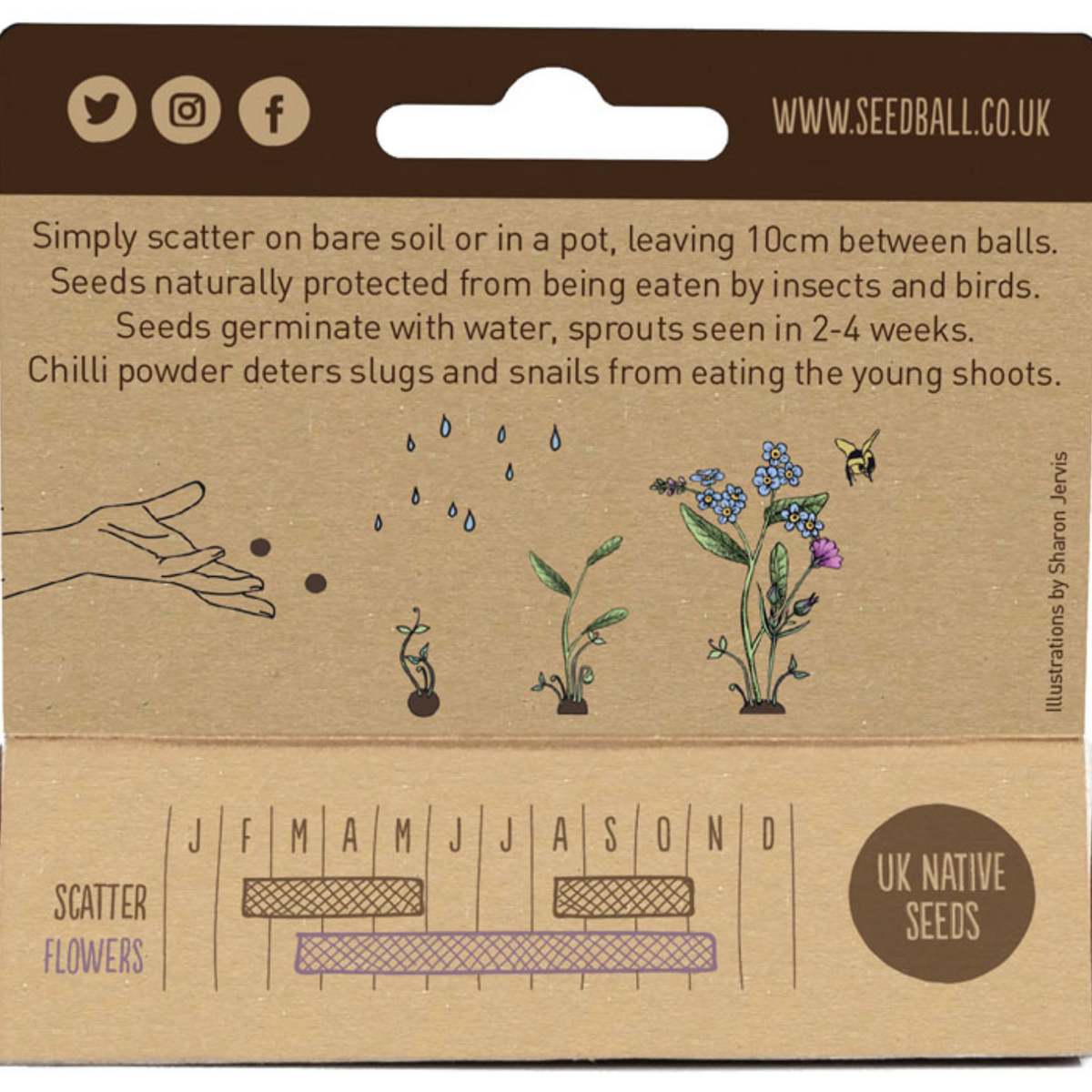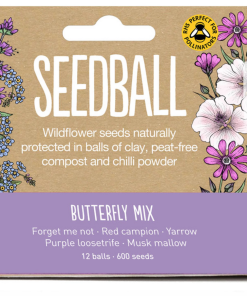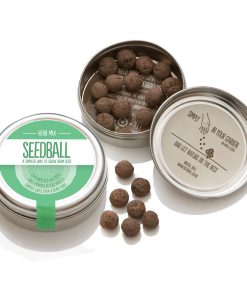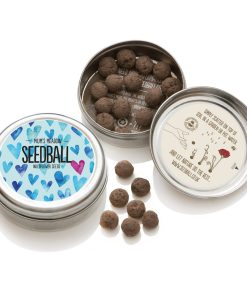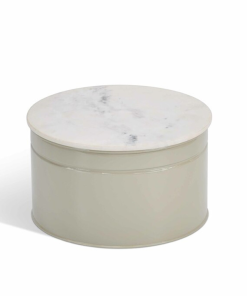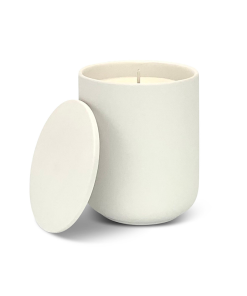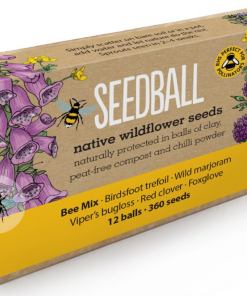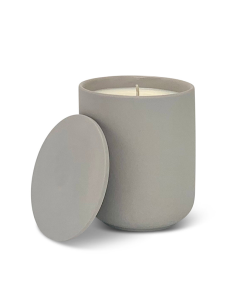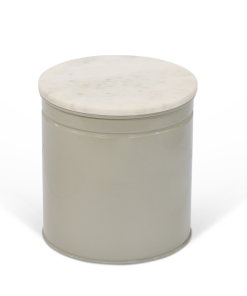A mix of native wildflowers that are perfect for butterflies! This lovely collection of mostly purple, pink and blue flowers is designed to attract butterflies to our gardens, balconies and window boxes and uses only flowers recommended by Butterfly Conservation. Each seed ball contains approximately 30 seeds from a mix of Purple Loosestrife, Forget-me-not, Musk mallow, Red campion and Yarrow, plus a sprinkling of pollinator-friendly annuals Chamomile, Cornflower, Corn marigold, and Night-flowering catchfly.
1 tin of Butterfly Mix contains 20 seed balls, enough to cover 1 square metre in a garden bed or 3-5 medium sized pots (leave at least 10cm between each ball).
Best scattered in Spring or Autumn.



Forget-me-not (Myosotis arvensis)
Short annual with blue-grey flowers occasionally interspersed with pink flowers.
Height: 10-40cm
Flowers: April to October
Forget me nots have been used in the past for their astringent properties. The name Myosotis is derivation of the Latin and Greek for mouse and ears.

Musk Mallow (Malva moschata)
Description: A tall perennial with large rose pink petals.
Height: 40-70cm
Flowers: June to August
The plant is cultivated for its seeds, which are used in perfumes. The plant also yields a fibre that can be used for clarifying sugar.

Purple Loosestrife (Lythrum salicaria)
A tall perennial with a spectacular spike of magenta flowers.
Height: up to 150cm
Flowers: June to August
A beautiful ornamental plant well suited to boggy areas.

Red Campion (Silene dioica)
A perennial with rose pink petals.
Height: 20-60cm
Flowers: March to November
Silenus the merry god of the woodlands in Greek mythology, gave his name to Silene dioica. The second part of its scientific name, dioica, means ‘two houses’, and refers to the fact that each Red Campion plant has flowers of one sex only, so that two plants are needed to make seeds.

Yarrow (Achillea millefolium)
A perennial aromatic herb with white flowers arranged in a many flowered flat umbel head.
Height: 8-60cm
Flowers: June to August
Yarrow is a common herb that has been highly regarded for its medicinal properties in Britain since Anglo-Saxon times, it is said that Achilles used this herb to treat the wounds of his soldiers.
Fast Shipping with Professional Packaging
We offer a wide range of shipping options due to our long-standing partnerships with UPS, FedEx and DHL. Our warehouse staff are trained to pack your goods exactly according to the specifications we offer. Before shipping the goods are thoroughly examined and secured. Every day, we send thousands of packages to clients from all over the world. Our determination to be the biggest online retailer in the world is shown by this. The warehouses are located in Europe as much as they are in USA.
Note: Orders with more than one product will be assigned a distinct processing time, dependent on the particular item.
Before shipping, we will examine the items ordered thoroughly before sending the items. The majority of orders are shipped within 48 hrs. The delivery estimate is between 3-7 days.
Returns
The stock is constantly changing and cannot be fully controlled by us because of the involvement of several parties including the factory and our warehouse. Stock levels can fluctuate at any given time. Please be aware that it is possible that your order could become unavailable even after you've placed your order.
Our policy is valid for a period of 30 days. If 30 days have passed by since your purchase however, we're unable to give an exchange or refund.
In order to be eligible for a refund your product must be unopened and in the same state as you received it. It should also be in the original package.
Related products
Uncategorized
Plant Pot
Cleaning Kit
Uncategorized
Christmas Garland
Uncategorized
Chocolate
